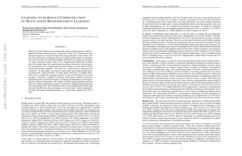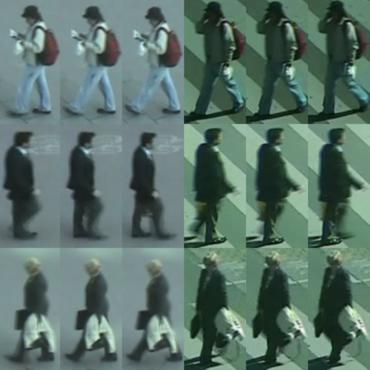Content-Adaptive Auto-Occlusion Network for Occluded Person Re-Identification
The occluded person re-identification (ReID) aims to match person images captured in severely occluded environments. Current occluded ReID works mostly rely on auxiliary models or employ a part-to-part matching strategy. However, these methods may be sub-optimal since the auxiliary models are constrained by occlusion scenes and the matching strategy will deteriorate when both query and gallery set contain occlusion. Some methods attempt to solve this problem by applying image occlusion augmentation (OA) and have shown great superiority in their effectiveness and lightness. But there are two defects that existed in the previous OA-based method: 1) The occlusion policy is fixed throughout the entire training and cannot be dynamically adjusted based on the current training status of the ReID network. 2) The position and area of the applied OA are completely random, without reference to the image content to choose the most suitable policy. To address these challenges, we propose a novel Content-Adaptive Auto-Occlusion Network (CAAO), that is able to dynamically select the proper occlusion region of an image based on its content and the current training status. Specifically, CAAO consists of two parts: the ReID network and the Auto-Occlusion Controller (AOC) module. AOC automatically generates the optimal OA policy based on the feature map extracted from the ReID network and applies occlusion on the images for ReID network training. An on-policy reinforcement learning based alternating training paradigm is proposed to iteratively update the ReID network and AOC module. Comprehensive experiments on occluded and holistic person ReID benchmarks demonstrate the superiority of CAAO.
PDF

